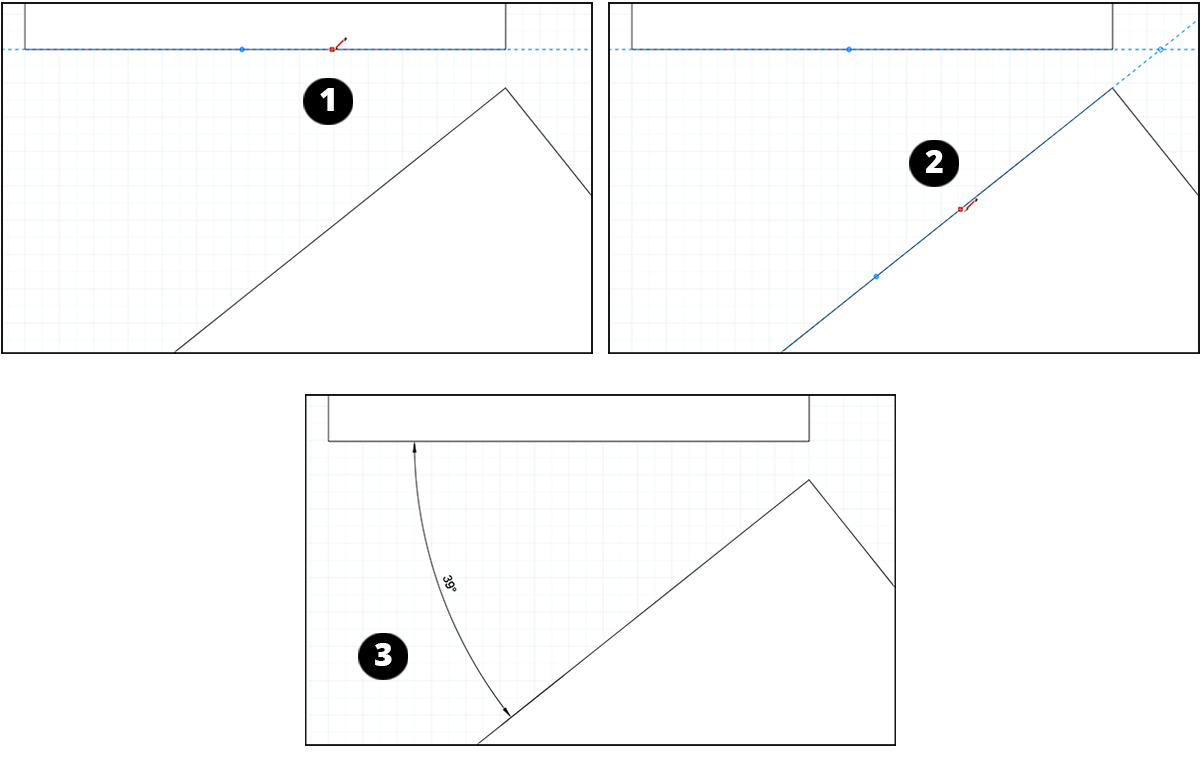
In this case, it wouldn't make sense to provide a revised version of the entire drawing. Then, later in the design process, you might need to do a change order for a portion of your plan.

If you ever work with people in these disciplines (which is highly likely), you'll need the ability to plot in this size – and more importantly, maintain the correct scale of your drawing. However, different disciplines and different stages of the design process will all but inevitably require you to plot at a different size.įor example, engineers and architects often work in 36-by-48-inch (or A0) in order to show a larger area or greater detail on a plotted page. Landscape architects typically plot on 24-by-36-inch (or A1) sheets, and the majority of your plotting may very well be in this size. However, you will absolutely want to have the ability to bring in each commonly used layout size, along with the correct title block, in case you need it. You most likely won't need to include a sheet for every possible layout size in every one your drawings.

These templates will allow you to add a new sheet size to a drawing almost instantly, as opposed to creating layout sheets from scratch each time you need them. We highly recommend creating a template for each layout size you'll use, as well as a template for the title block that will go into each of those layouts.



 0 kommentar(er)
0 kommentar(er)
